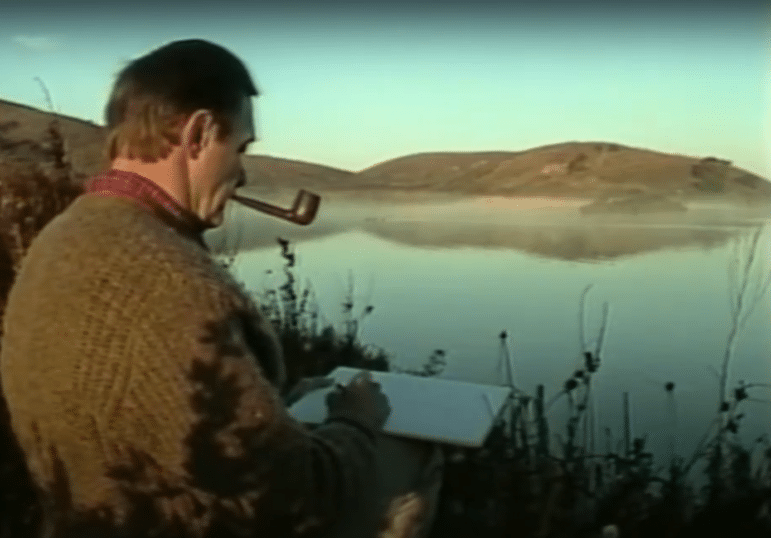Wally Peters: Lest We Forget
Every once in a while it’s important to step back from our wetlands struggles and remember just why our wetlands mean so much to us; why we get so involved and committed. For many years, Wally Peters fought to preserve the Whistling Wings/Pintail Duck Club wetlands, now known as Newark Area 4. Wally remembers these wetlands from over thirty years back and, in this letter he sent Citizens Committee to Complete the Refuge, and published in the 1990 newsletter, movingly describes what a wonderful experience they provided

Some time ago I shared with my friend Florence LaRiviere some lines from an old text on the South Bay.
The passages were about the ducks, shorebirds, salmon, oysters, shrimp, etc., that were so very abundant in our unpolluted sloughs and Bay.
I now cannot find the source of those passages. However, as I thought about the subject, I thought, “I’ll just tell Florence what I saw on the South Bay just thirty years ago.” It is always an easy subject for me, only difficult to keep it brief.
It is easy to recall our one room hunting shack at Whistling Wings Duck Club, surrounded by a carpet of pickleweed, saw grass and other marsh grasses. At certain times of the year the patches of orange dodder were brilliant. The surrounding area was primarily farm land. We were located on Mowry Slough and had a great view of Mission Peak.
The South Bay I saw was home to thousands of migratory waterfowl as well as countless other migratory shorebirds. Of course, the marshes were the permanent home of mice, owls, hawks, muskrats, reptiles, marsh wrens, etc.
I remember fall days when pintail ducks would drop into our fresh water ponds by the hundreds. And, of course, the teal, spoonies, widgeon, gadwall, and an occasional canvasback were all present as well.
In the spring, the teal would nest in the grasses and the mallards on the higher ground. We did not take our retriever dogs to the marsh at this time of year as they would disturb the nests. There was a small family of deer on the slough. We had several badgers, and of course, raccoons. When I see the deer that live at Coyote Hills Park today, I catch myself hoping that they may include the offspring of our local “duck club deer herd.”
It is difficult for me to comprehend that the things I was privileged to see and live among were only a shadow of the days, just 250 years ago, of waterfowl-blackened marshes and overwhelming natural resources – days when man was sure there enough to last till the end of time.

